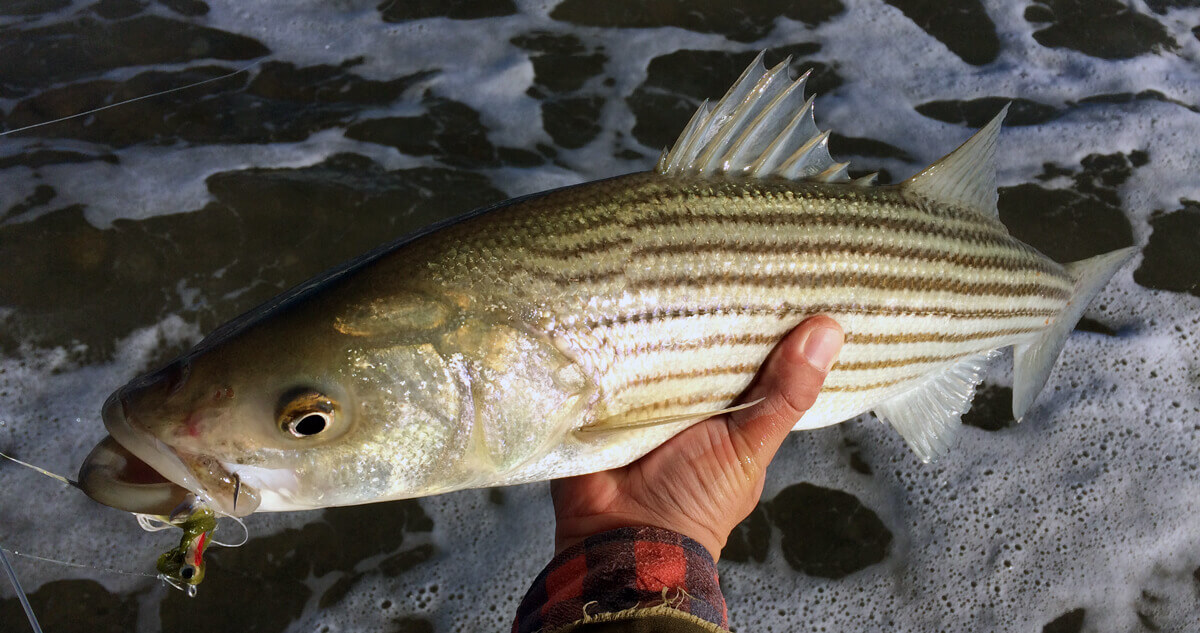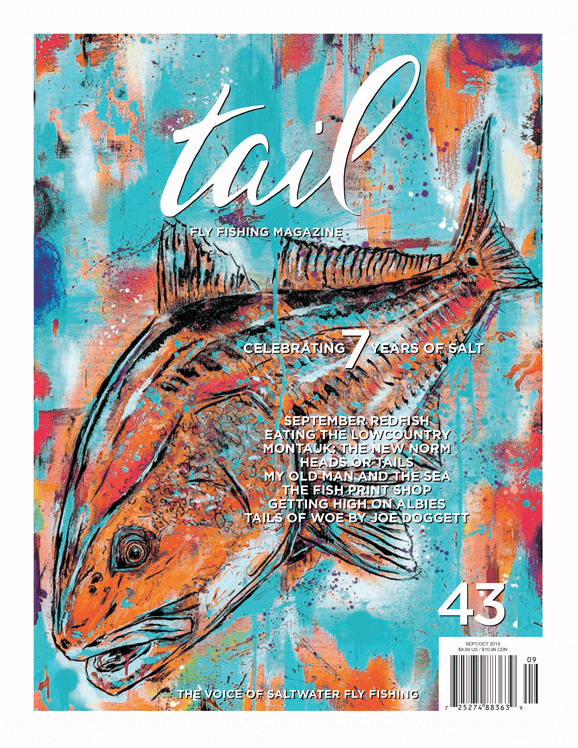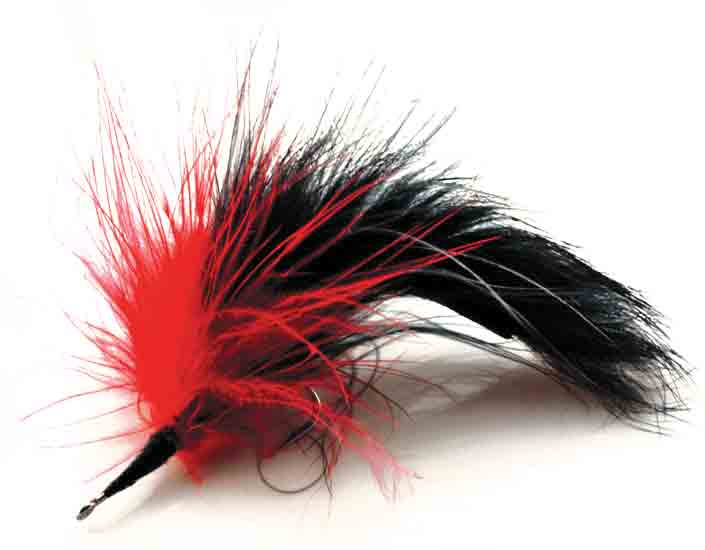As I walked onto the beach at this time last year, the feeling of potential seemed oddly liberating, as if the previous months’ incarceration by snow had been some weird exercise in solitary confinement. In the darkness, I edged toward the end of the jetty as the current pushed against my legs. The tide was already in the second third of the flood and running strongly. Stripping off a generous amount of line, I began to cast crossways into the current and let the fly drift into the seam where the tide formed a back eddy against the rocks. On the second drift, the line tightened up in that characteristic way and like a semi-forgotten reflex, I strip set and felt the fish dart out into the current where it began taking line. It was a small striper, but on this seventh day of May in the early dawn, it was a great striper.
Growing along the Weweantic River in Wareham, Massachusetts, their white blossoms typically emerged concurrently with the bass’s appearance in Buzzards Bay.
Writing in 1948, O.H.P. Rodman noted in The Saltwater Fisherman’s Favorite Four that the spring arrival times of the striped bass on Massachusetts’s South Shore and in Rhode Island differed by about two weeks. Looking back at the logbooks of his friends Harold Gibbs (former RI Fish and Game Director and pioneer fly rodder) and E.N. Strout, Rodman noted that each angler’s location reflected the time lag in the fish’s migration.
During the 1945 season, Strout, an observant bridge fisherman from Duxbury, took his first fish on May 6 and the following year, on May 8. Gibbs, living in Rhode Island, encountered the fish on April 24, 1945 several weeks before they entered Buzzards Bay and began their northward climb along the South Shore. Rodman’s own indicator of when the fish would arrive was the classic shadbush.
Growing along the Weweantic River in Wareham, Massachusetts, their white blossoms typically emerged concurrently with the bass’s appearance in Buzzards Bay. Some inspired anglers in the twenty first-century continue to check the shrubbery (though more have turned to websites) in the hope of catching fish at the head of the run. While many aspects of the New England coast have changed, the arrival of the striped bass is still unerringly similar to when these anglers during the immediate post-war years were finding good fish returning up the shore. For them, it was perhaps a miracle as well.
Rodman, born in 1905, fished extensively during his youth and knew well that the demise of the striped bass clubs on Cuttyhunk and West Island during the late nineteenth-century was due to the disappearance of the striped bass in the following decades. That the fish should have returned during the inter-war years must have seemed like a miracle especially to those who had witnessed the population’s inexplicable decline.
Sometimes, my sense of time changes while fishing especially in those pre-dawn hours. It is not difficult to imagine the old surfcasters rambling amongst the dunes in old Model A Fords, shining tin squids by moonlight and feeling the spray from their Ashaway linen lines. Fly fishing for striped bass is not a new occupation despite the feeling one might get from reading tackle advertisements. Harold Gibbs of Barrington, RI fished extensively for stripers during the Second World War and perfected the Harold Gibbs Striper Bucktail, an early Atlantic silverside imitation. With a mixture of white capra hair for the body (eventually replaced by bucktail), it involved a blue swan feather on the sides to add the bluish tint that he observed in silversides. Rodman writes that in one season, Gibbs used his patterns to great effectiveness, catching a total of 800 stripers.
Certainly a feat seventy years ago, it is still an admirable success today. The Gibbs Striper Bucktail embodied characteristics that were early for its time but have remained central to modern saltwater patterns. A white body still conveys the impression of a baitfish since so many prey species in the northeast have lighter undersides and contrasting lateral colors. The only thing Gibbs lacked in the 1940s was greater synthetic color variation that could bring out the subtleties between species, such as a silverside
and a bay anchovy.
My first striper of the season revived quickly and dove down into the rocks, dousing me with water. At 4:45am, this provided as good a jolt as a cup of the house blend from Coffee Obsession in Falmouth. Fully awake, I continued casting and caught several more school fish. Striper fishing, Frank Woolner has said, is a “strangely narcotic addiction” and nothing in my experience has worked to disprove him. Like a mental rolodex that continually flips through tides, wind directions, moon phases and bait movements, the striper angler’s mind is never at rest. These first fish of the season have set it in motion once again, as Woolner, Rodman and Gibbs must have felt it so long ago. Striper season has begun!




